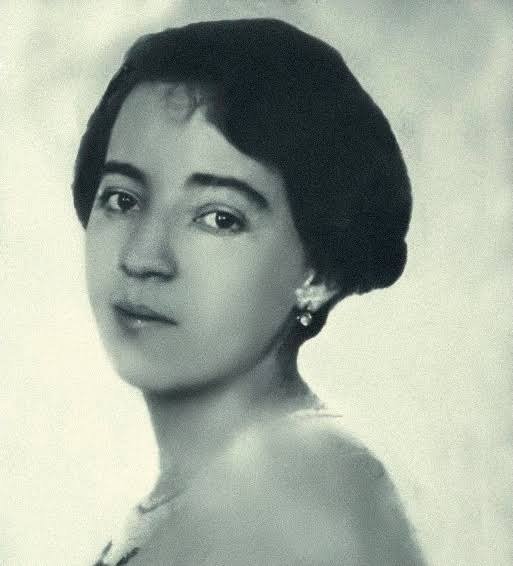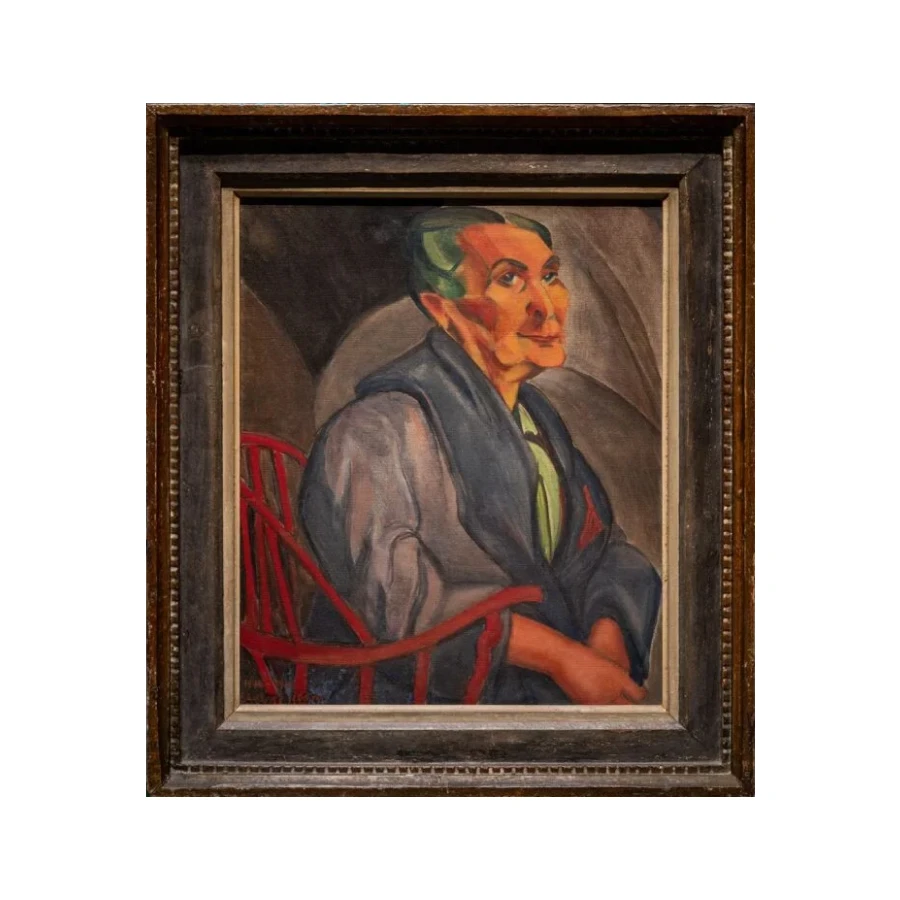She first studied art with her mother, Betty Malfatti, who gave her private painting lessons. In 1910, in Germany, where she stayed for three years, she intensified her studies at the Berlin Academy of Fine Arts. She then travelled to the United States, where she attended the Art Student’s League and the Independent School of Arts in New York (1915 to 1916). Back in Brazil, she held an exhibition in São Paulo in 1917 that scandalised the art world – and which, through the mysterious ways of life, ended up giving rise to the Modern Art Week of 1922.
As for the famous article “Paranoia or mystification?”, written by Monteiro Lobato against the exhibition and which caused so much controversy at the time (and whose echo was against the writer), critics today have taken it upon themselves to demystify it. Lobato not only pointed out the painter’s qualities, but also her misconceptions and anecdotes. In the 1920s, sensitive to events, Anita took up residence in Paris, where she attended free drawing courses. Back in Brazil in 1928, she taught drawing at Mackenzie College and at the Women’s Civic Association in São Paulo, an activity she interrupted in 1933 and resumed in 1941. She took part in the 1st São Paulo Biennial in 1951, with a special room in 1963. In Rio de Janeiro, the Banco do Brasil Cultural Centre presented the exhibition Anita Malfatti and Her Time in 1996.
Public Collections
Museu de Arte de São Paulo (MASP) and Museu de Arte Contemporânea da Universidade de São Paulo (MAC-USP), Museu Nacional da República (MNBA), Casa Guilherme de Almeida, Museu Nacional de Belas Artes, Museu de Arte Sacra de São Paulo, Museu Nacional da República, Museu de Arte Moderna do Río de Janeiro (MAM), Instituto de Estudos Brasileiros – USP, Palácio dos Bandeirantes, Museu de Arte Contemporânea da Universidade de São Paulo, Museu de Arte Brasileira – Faap, Pinacoteca do Estado de São Paulo, Palácio Boa Vista and Acervo Banco Itaú.



